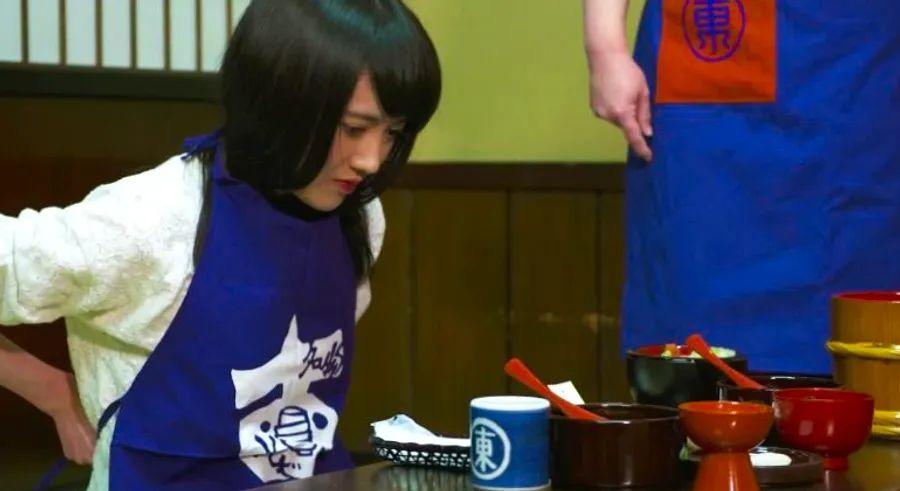The ultimate all-you-can-eat noodle extravaganza.

“Keep going! More!”
The server's expression, a blend of sweetness and sternness, was laced with a touch of indifference. But her persistence never wavered as the soba noodles just kept coming.
As soon as I finished one small bowl, she was there to refill it, shouting 'hai dan dan!' with relentless energy.
This ritual repeated itself 33 times. Telling her to stop was an exercise in futility.
A towering stack of empty bowls stood beside me, a testament to my gluten-free indulgence. The only way to stop the noodles from flowing was to cover my wanko. Go ahead, laugh – 'wanko' means 'bowl' in the local dialect.
Welcome to the wanko soba challenge, an all-you-can-eat buckwheat noodle feast exclusive to Iwate Prefecture, Japan.

The record? An astounding 570 bowls.
I decided to take on the challenge at Azumaya Soba Shop in Morioka, the capital of Iwate Prefecture, where they provide English menus for international visitors.
Taking on the challenge is optional. There are regular set menus available, including a kaiseki-style lunch. But where’s the thrill in that?
Once the challenge is complete, diners receive a souvenir – a certificate and a plaque noting how many bowls they devoured. It’s said that 15 wanko soba bowls equal one typical serving of soba noodles.

I thought my 33-bowl achievement was impressive—until I saw the mountain of bowls stacked up beside the man at the table behind me. He claimed he ate 111 bowls of wanko soba, and he had the certificate to prove it.
As for the record, staff at Azumaya say someone once managed to consume a staggering 570 bowls in one sitting.
Wanko soba challenge: Rules and tips
There are a few key rules to follow.
First off, you must keep eating nonstop. No taking breaks to digest before returning to the table for more. You can snack on side dishes, but it's best to save them for after you finish the soba noodles. Just don't ignore them—they're all delicious.
Pro tip: Don’t drink too much wanko soba soup. There’s a separate bowl in front of you to dump it in once you’ve slurped down the noodles.
Chewing? Optional. The restaurant actually suggests swallowing the noodles whole, without chewing.
When you've reached your limit, just saying you're full won't stop the flow. You need to cover your bowl with a lid, or your server, with a tray full of soba, will quickly refill it.
Wanko soba’s humble beginnings
The origins of this noodle feast are a bit unclear.
The founders of Azumaya Soba Shop say the dish originated in the early 1600s, shaped by the region’s rugged landscape. In the cold, mountainous Nanbu district, farmers turned to easy-to-grow buckwheat soba noodles as their primary food source.
Because soba was considered a humble, rustic meal, locals felt embarrassed serving it to nobility.
As local legend goes, when a lord visited the town of Hanamaki, the townspeople hesitantly served him a small bowl of noodles, but they went all out with a lavish spread of side dishes.
The lord found the noodles so delicious that he kept requesting more. And so, the custom of serving tiny bowls of soba until guests were satisfied was born.
Over the next four centuries, this custom evolved into the wanko soba noodle challenge we know and love today in Iwate Prefecture.
Eating contests are held twice a year in Iwate. According to local tourism officials, the reigning champion from Morioka, a woman, managed to slurp down 383 bowls in just 10 minutes.
Getting to Morioka
Azumaya Soba Shop has four locations in Morioka. The Ekimae branch is just a quick two-minute walk from the train station.
For a complete list of wanko soba restaurants, visit Japan-iwate.info/noodle/wanko.html.
Morioka is about a three-hour bullet train ride from Tokyo. From Sendai, the largest city in the Tohoku region, it's just a 40-minute train ride.

1

2

3

4

5
Evaluation :
5/5